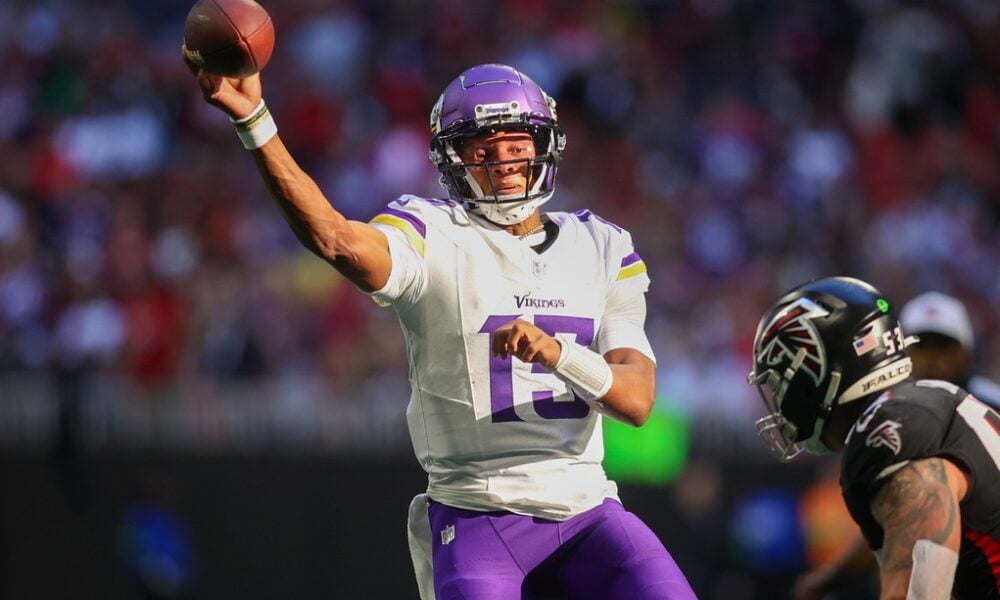The Raiders have signed free agent wide receiver Michael Gallup.
Read more
Gain Instant Access to this resource and so much more!.
Premium membership provides access to all of our industry-leading dynasty fantasy football content.
You can also get a DLF Premium Membership for FREE! Find out how.
Want more info about DLF Premium? Find out more
Have questions or need some help? Contact Us
Already a DLF Premium Member? Log in now!


Select your favorite players for easy access to news and updates.
The Raiders have signed free agent wide receiver Michael Gallup.
Read moreThe Atlanta Falcons have exercised the fifth-year option on the contract of tight end Kyle Pitts.
Read moreThe Kansas City Chiefs have agreed to a two-year contract extension with tight end Travis Kelce.
Read moreThe Cowboys have signed running back Ezekiel Elliott to a one-year deal.
Read moreTexans wide receiver Tank Dell was treated and released with a minor gunshot wound Sunday.
Read moreThe Green Bay Packers drafted Tulane quarterback Michael Pratt.
Read more



Gain Instant Access to this resource and so much more!.
Premium membership provides access to all of our industry-leading dynasty fantasy football content.
You can also get a DLF Premium Membership for FREE! Find out how.
Want more info about DLF Premium? Find out more
Have questions or need some help? Contact Us
Already a DLF Premium Member? Log in now!